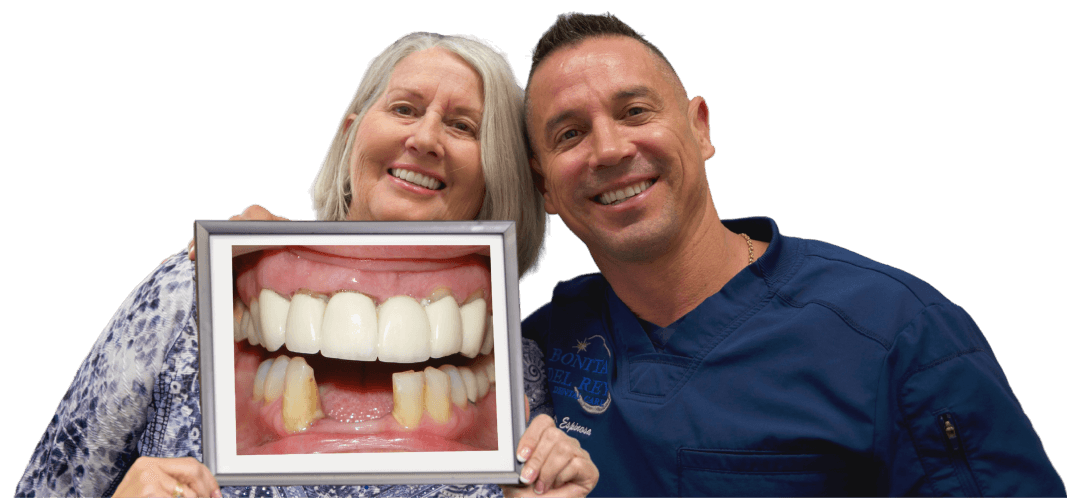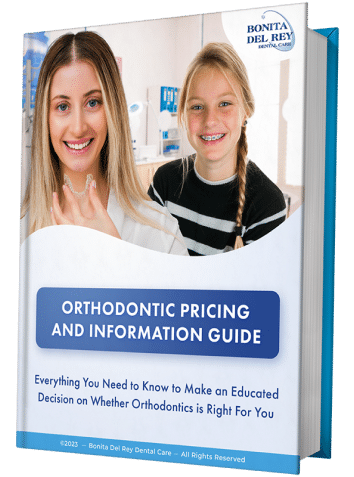Name brands, electronics, whitening, flavors, colors, shapes… oh my! There are so many options when it comes to cleaning that beautiful smile of yours. But how do you choose which is best for you? We want to take the guesswork out of purchasing the right toothbrush and toothpaste.
“The best advice I can give is to choose the toothbrush and toothpaste that is right for you. That way you will be sure to brush your teeth at least twice a day!” says, Dr. Espinosa.
Here are some simple guidelines to consider.
Toothbrush – Can you handle it?
– Soft bristles are always the best. You may think the harder the bristles the better the cleaning. This is in fact not the case. In fact, studies show brushing teeth too hard is the leading cause for teeth sensitivity. So go gentle on teeth and gums.
– Consider the shape. There are so many shapes and sizes to choose from, but you will want to choose a size that fits your mouth. Make sure your toothbrush head is reaching all your teeth, and can easily access those back molars.
– Let’s not make a deal. When purchasing a toothbrush, you may think you’re getting a deal on the 2-in-1 pack but truth be told, you don’t want to skimp on something you’re putting in your mouth more than twice a day. Also, these lower cost products may be cutting corners by using unsafe materials. It’s always best to go with a known brand.
– It’s electric! Not everyone has an easy time with manual toothbrushes, so make it fun. If you find yourself not brushing as long as you need to, or you’re not being thorough, try a powered toothbrush. Electric toothbrushes can be easier and more efficient to use, especially for little ones who may have an aversion to brushing their teeth.
– Change it up. Remember a toothbrush isn’t like your favorite pair of jeans. In fact, a worn toothbrush can actually damage your gum tissue. If you don’t remember the last time you changed it out, it’s probably time for a new one.
Toothpaste – What’s your flavor?
– It’s what’s approved. First and foremost, when choosing a toothpaste, make sure it includes the American Dental Association (ADA) seal of approval. That way you know it’s safe and effective.
– Strengthen your teeth. Most toothpastes on the market include fluoride, so if you find a toothpaste that states anti-cavity it’s a bit redundant here. Fluoride helps fight decay and strengthen enamel. So if you’re looking to fight cavities, chances are you’re doing that by brushing twice a day anyway.
– Lessen the feelings. If you feel sensitivity when drinking hot or eating cold you may want to choose a desensitizing toothpaste. These types will help bock the pain signal to the nerves, lessening your feelings to hot and cold.
– Reduce build up. Tartar control toothpaste does exactly what it says, prevents tartar from building up on your teeth. While this type of toothpaste is only preventative, routine visits to the dentist are necessary to remove existing built up tartar.
– Let those pearly whites shine! Did you know most whitening toothpastes really don’t whiten your teeth but contain polishing and chemical agents that remove stains – making your teeth look whiter and brighter. Simply put, this type of toothpaste just helps to maintain the natural color of your teeth. If you’re looking for more active solutions, consult your dentist for teeth whitening treatment.
As Dr. Espinosa mentions above, it’s important to choose the options that will keep you consistent in brushing your teeth. If you have any questions about choosing the right toothbrush or toothpaste, simply ask us during your next visit. We are here to answer your questions.











